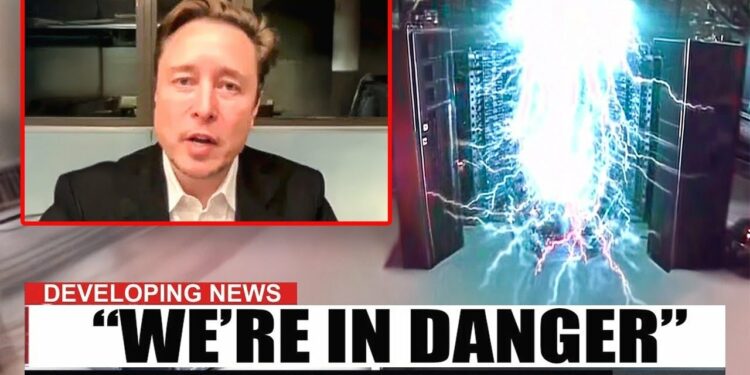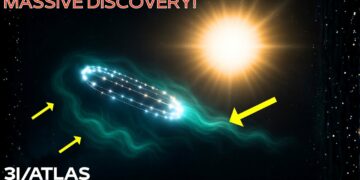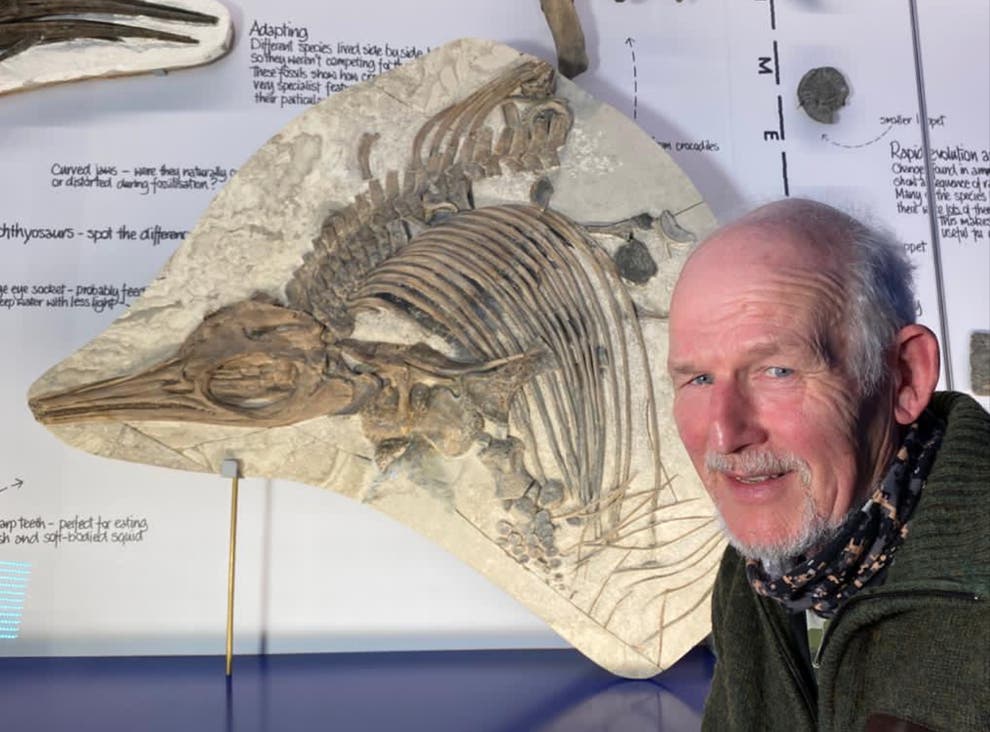1. Introduction to Dark Matter and the Axion
Dark matter, an invisible substance comprising a significant portion of the universe’s mass, remains one of science’s greatest mysteries. It passes through us undetected, yet influences cosmic structures. A leading candidate to explain dark matter is the axion, a hypothetical ultra-light particle that could also resolve the strong CP problem in particle physics. This problem arises because the strong nuclear force respects time-reversal symmetry, contrary to theoretical expectations. The axion was proposed to restore this symmetry and has since emerged as a potential key to understanding dark matter.
2. The Axion’s Origin
The axion was theorized to address the strong CP problem, which questions why the strong force, binding atomic nuclei, adheres to time-reversal symmetry when standard models suggest it might not. The axion, an ultra-light particle, enforces this symmetry, resolving the discrepancy. Beyond this, scientists realized axions could be a dark matter candidate, potentially produced in vast fields during the Big Bang. These fields, though invisible, may influence galaxy formation, making axions a critical piece in the dark matter puzzle.
3. Axions as Dark Matter
Axions are compelling because they could solve both the strong CP problem and the mystery of dark matter, which constitutes most of the universe’s mass but interacts weakly with ordinary matter. Traditional detectors, like those used for the Higgs boson, fail to detect axions due to their elusive nature. Researchers now explore axion-to-photon conversions in strong magnetic fields, hoping to catch these “ghostly” particles. If axions form dark matter, their subtle fields could have shaped cosmic evolution, from galaxy formation to the universe’s large-scale structure.
4. Quantum Computing’s Role
Quantum computers offer a new frontier in the search for axions. Unlike conventional detectors, quantum systems operate at low energies, making them sensitive to the faint signals axions might produce. Quantum bits (qubits), cooled to near absolute zero, can detect tiny fluctuations potentially caused by axions. Techniques like quantum non-demolition measurements allow repeated observations without disrupting the system, increasing the chances of identifying axion signals. Quantum computers might not only detect axions but also interact with them, potentially revealing their role in the universe.
5. Quantum Fluctuations and Axions
Quantum fluctuations—random energy bursts in “empty” space—could hold clues to axions. These particles might subtly influence these fluctuations, leaving detectable patterns. Quantum computers, with their sensitive superconducting qubits, are ideal for spotting such faint signals. If axions affect quantum entanglement, they could blur the line between dark matter and quantum mechanics, suggesting a deeper connection between these realms. Detecting these effects could confirm axions and reshape our understanding of physics.
6. Quantum Entanglement and Axions
Quantum entanglement, where particles remain linked across vast distances, might be influenced by axions. Some theories propose axions act as a “cosmic glue,” subtly affecting entanglement. Quantum computers, reliant on entangled qubits, could detect these effects through unexpected patterns in measurements. If confirmed, this would link dark matter to quantum mechanics, suggesting entanglement is woven into the universe’s fabric. However, environmental noise in quantum systems requires careful validation to ensure signals are genuinely from axions.
7. Quantum Non-Demolition Detection
Quantum non-demolition detection enables repeated measurements of quantum systems without destroying their state, making it ideal for detecting axions’ faint signals. By using superconducting circuits and quantum sensors, researchers can amplify subtle changes, such as electromagnetic shifts, potentially caused by axions. This method, applied at labs like Fermilab, enhances sensitivity to weak signals, offering a promising approach to confirm axions and other elusive phenomena like gravitational waves.
8. Experimental Evidence
Efforts to detect axions have shifted to quantum technologies. Experiments at Fermilab and Aalto University use superconducting qubits and quantum non-demolition techniques to search for axion-photon coupling, where axions may convert into detectable electromagnetic radiation. Preliminary data shows intriguing patterns, but skeptics caution that these could stem from environmental noise. Repeated, peer-reviewed experiments are needed to confirm axions, which could redefine particle physics and our understanding of the cosmos.
9. Microsoft’s Majorana Fermion Research
Microsoft’s pursuit of Majorana fermions, particles that are their own antiparticles, aims to create stable quantum bits resistant to errors. These fermions might share theoretical connections with axions, suggesting that advances in Majorana research could inform axion studies. If confirmed, this could bridge quantum computing and cosmology, potentially revealing whether axions exist and enhancing quantum technology’s reliability.
10. Implications for Physics
Discovering axions would revolutionize physics by filling gaps in the Standard Model, explaining dark matter and the strong CP problem. It could bolster string theory, hinting at extra dimensions, and bridge quantum mechanics and gravity. Quantum computers might become tools for studying exotic particles, enabling new applications like ultra-precise sensing. This discovery would reposition quantum technology as a window into cosmic mysteries, reshaping our understanding of reality.
11. Future Possibilities
If quantum computers confirm axions, they could enable manipulation of dark matter, leading to innovations like ultra-sensitive detectors or quantum materials. Axions might validate string theory or unify quantum mechanics and gravity, opening new theoretical frontiers. Enhanced qubits, leveraging axion properties, could create more robust quantum computers, tackling complex problems in cosmology and beyond. The hunt for axions could redefine technology and our place in the universe, revealing that the smallest particles hold the key to the cosmos’s greatest secrets.























